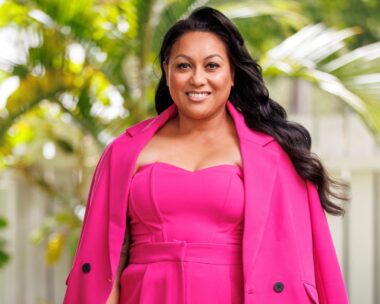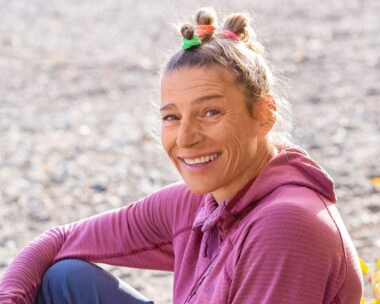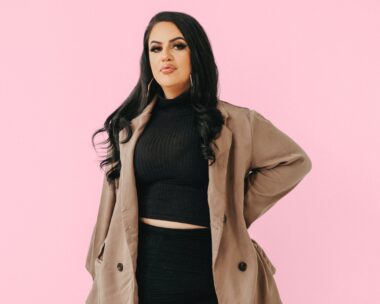When Amanda* went to see her doctor with “excruciating” period cramps, she was initially diagnosed with endometriosis. But on closer examination, it was discovered that the young Aucklander also had a far rarer medical anomaly – two vaginas, two uteruses and two cervixes.
Now a 26-year-old student who is retraining after a stint in the financial industry, Amanda has agreed to talk to Woman’s Day anonymously to explain her experiences and help other women struggling with uterus didelphys (UD), which is thought to affect around one in every 3000 women.
“I had never considered the possibility that I had a rare medical condition before I was diagnosed,” she explains. “Whenever I’d inserted a tampon, I’d noticed I could go one way or the other, but I just thought that was the way it normally was.
“I’d never had any guy give me feedback on it either. Sex didn’t hurt. What I later realised is that one side was slightly larger than the other and during sex, the smaller one would naturally get pushed to the side. “When doctors told me I essentially had two vaginas, I was like, ‘Oh, God.’ It was a shock to hear, but also it made a lot of sense.”
It explained why Amanda’s periods lasted so long and why tampons didn’t always seem to work. After diagnosing her UD in 2010, doctors performed an ultrasound to see if she also had two pairs of ovaries and kidneys. The results were normal, but they showed a clear septum or wall running through her cervix and uterus, splitting them in two. Six months after her diagnosis, in 2011, Amanda made the decision to have an operation to get rid of her second vagina. But she says, “Even though the septum is no longer there, it still feels like two different areas.”
Amanda’s cervix and uterus are still split in two, however, and she has to have two pap smears – one for each cervix. “It really does suck,” she says with a wry smile. “It’s awful every time.”

Double the pain
She also ovulates from each uterus, with her periods alternating sides, “one month from the left, one month from the right”, Amanda tells. But the medication she takes for her endometriosis has helped ease the excruciating stomach pains, which would often see her faint or be crippled with agony for days. Amanda recalls, “I was in such pain, I’d sometimes have to take five or six Panadol in one go, which is obviously pretty dangerous.”
However, she still suffers from excessive discharge, which forces her to wear sanitary towels or a tampon up to 70% of the time, even when she is not menstruating, which is both costly and frustrating. “I talked to my doctor, but he said there is nothing that I can do about it,” tells Amanda. “Two uteruses just means more discharge, so I just have to deal with that. It’s my normal, but it is really expensive having to buy so many feminine products, especially being a student.”
Having UD also means that if Amanda becomes pregnant, she could suffer complications, such as a miscarriage or premature birth, because the division in the uteruses means there is not enough room for the baby to grow to full-term. It’s also possible she could carry a child in each uterus. “They would be two completely different conceptions,” she explains. “How crazy is that?!” But it would also be extremely dangerous, with doctors giving the babies a one-in-five-million chance of survival. Throughout her diagnosis and struggles, Amanda’s boyfriend of six years has been her rock.
She says, “We started dating just before the UD, so he’s been through it all with me. There’s no pain with sex. I know it varies a lot with symptoms, but I’ve never had any issues, so I’m lucky.”
However, Amanda confesses she is concerned her UD could be a problem when it comes to starting a family. She says, “It’s a case of whether I can have kids and, if I can, if something horrible is going to happen.”
For now, though, she’s focused on breaking down the taboos that surround her condition. “It’s still something that’s considered out of bounds and even gross to some people,” she explains, “so I’m wary of having my face out there. But I’m just me – my friends and family don’t view me as some weird anomaly.
“I’m lucky I can talk to people – and I do, sometimes in graphic detail! But there might be women out there who don’t have anyone to talk to or even know they’ve got the condition. We live in an age where people are used to oversharing on social media, but in a medical sense, it’s not a bad thing. We need to educate ourselves and if I can help people discuss vaginas without freaking out, then great.”
**Name has been changed to protect her identity*




